For Amazon sellers, the pursuit of higher product rankings on the platform is a critical endeavor. The key to unlocking this lies in mastering Amazon SEO, a powerful strategy that can significantly impact your product’s visibility and sales performance.
Amazon Search Engine Optimization for Amazon, is a meticulous process tailored to optimize product listings on the platform. The primary objective is to enhance the likelihood of products securing prominent positions in Amazon’s product search results.

The significance of Amazon SEO extends beyond mere visibility; it directly influences your product’s success on the platform. Through strategic listing optimization, sellers can achieve the following key objectives:
- Enhanced Product and Brand Visibility: By strategically incorporating relevant keywords and optimizing product details, Amazon SEO ensures that your products are more visible to potential customers.
- Increased Traffic to Product Listings: Through effective SEO practices, your product listings are more likely to appear in search results, attracting a higher volume of potential customers and boosting overall traffic.
- Boost in Amazon Product Sales: The ultimate goal of Amazon SEO is to drive tangible results. By securing higher rankings, your products are exposed to a broader audience, increasing the probability of generating more sales on the platform.
Understanding Amazon’s A10 Ranking Algorithm: A Deep Dive

Amazon’s product ranking in search results is orchestrated by a sophisticated algorithm known as A10. Unlike traditional search engine algorithms like Google or Bing, A10 is uniquely tailored to address the specific needs of transactional intent, focusing solely on facilitating purchases.
Key Distinctions of A10:
- Transactional Intent Focus: A10 is finely tuned to recognize the distinct buying behavior of Amazon users. Unlike search engines where users may seek information, Amazon users arrive with a clear intention to make a purchase.
Factors Considered by A10:
- Keywords: Inclusion of pertinent search terms strategically placed in your product listing serves as a signal to A10, indicating relevance to specific searches. This is a crucial element for optimizing product visibility.
- Conversion Rate: Amazon is inherently interested in showcasing products that convert well. A higher conversion rate, where users who view your listing proceed to make a purchase, plays a pivotal role in elevating your product in search rankings.
- Reviews: Positive reviews act as influential factors nudging potential buyers towards a purchase. Accumulating a substantial number of positive reviews contributes not only to increased trust but also to improved conversion rates, positively impacting search result rankings.
- Sales History: A product listing with a robust sales history signals to A10 that the product is popular and worth highlighting to shoppers. Consistent high sales volumes reinforce the algorithm’s confidence in featuring your product prominently in search results.
Startegies to Optimize Amazon SEO:
1. Keyword Research
In the vast Amazon marketplace, the key to unlocking the full potential of your products lies in a well-crafted SEO strategy. At the core of this strategy is the art of meticulous keyword research, a process that illuminates the path to heightened visibility and increased sales for your product listings.
A. Crucial Elements of Amazon SEO:
- Primary and Secondary Keywords:

Begin your SEO journey by identifying the primary and secondary keywords for each product listing. This strategic approach ensures that your products align seamlessly with user searches.
- Leveraging Long-Tail Keywords: Targeting long-tail keywords, specific and detailed search queries, proves to be an effective strategy, offering lower competition and increased ranking opportunities. For instance, aiming for “wireless headphones for kids 8-12” instead of a generic “wireless headphones.”
- Frontend and Backend Keywords: Understand the distinction between frontend and backend keywords. Frontend keywords, visible to shoppers in the product title and description, play a crucial role in product visibility. On the other hand, backend keywords, not visible to shoppers but considered by Amazon’s ranking algorithm, provide an additional layer of optimization.
B. Effective Methods for Amazon Keyword Research:
- Amazon’s Auto-Complete Feature:
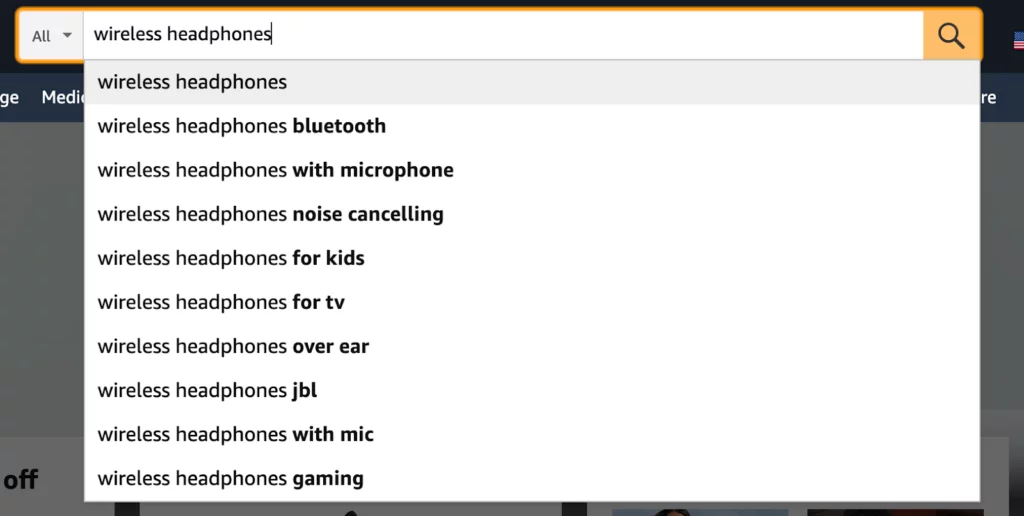
Utilize Amazon’s search box as a starting point for keyword research. As you type in a search term, the platform suggests relevant and related keywords. Experiment with adding prepositions to your seed keyword for more suggestions.
Example: Typing “wireless headphones” yields suggestions like “wireless headphones for kids” and “wireless headphones with mic.”
- Competitor Analysis:
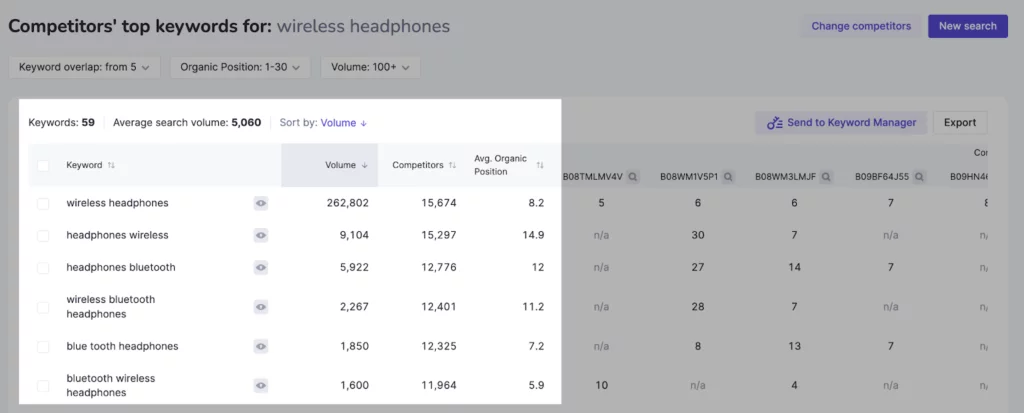
Analyze competitors’ product listings to unveil valuable keywords they are targeting. Identify common terms used in competitors’ product titles, as these are likely high-value keywords. Expedite this process by leveraging Semrush’s Instant Keyword Research for Amazon tool.
Example: If competitors consistently use “premium wireless headphones” in their titles, it indicates the importance of targeting the keyword “premium wireless headphones.”
- Semrush’s Keyword Wizard for Amazon:

Harness the power of Semrush’s Keyword Wizard for Amazon tool to discover relevant keywords for your products. Enter your seed keyword, and the tool generates a list of suggestions. Filter these suggestions based on match types such as related, broad match, phrase match, and exact match.
Example: For the seed keyword “office chairs,” the tool suggests variations like “desk chair,” “home office desk chairs,” and “home office chairs.”

2. Powerful Product Titles and Descriptions
Optimizing product titles and descriptions stands as a pivotal strategy to capture the attention of the A10 search algorithm and, consequently, potential buyers. Understanding the guidelines set by Amazon for these elements is instrumental in ensuring your product listings resonate effectively with user searches.
- Mastering Product Titles:
Example of a Product Title for Wireless Headphones on Amazon:
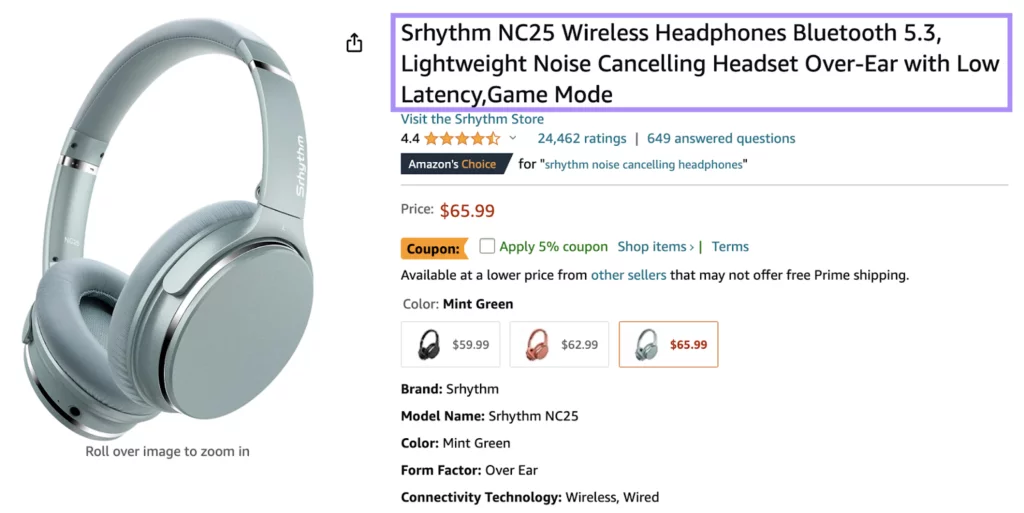
Amazon mandates specific requirements for product titles to maintain a standardized and user-friendly marketplace. Adherence to the following guidelines is crucial:
- Titles should not exceed 80 characters in length.
- Avoid the use of all caps; opt for title case.
- Steer clear of promotional phrases like “free shipping.”
- Utilize numerals (e.g., “3” instead of “three”).
- Exclude size and color variations from the title.
Non-compliance with these requirements may lead to the suppression of your product listing in search results. To enhance the visibility of your product, incorporate the primary keyword you aim to rank for within the product title.
Learn about loyalty programs here.
- Crafting Informative Product Descriptions:

Amazon recommends including the following essential information in product descriptions:
- Brand name.
- Size specifications (e.g., shirt size).
- Material type (e.g., cotton).
- Other relevant details such as color, quantity, and packaging.
Specific product categories may have additional guidelines for descriptions. It is imperative to consult the guidelines pertinent to your product’s category to ensure compliance. The product description serves as an opportune space to incorporate additional relevant keywords. However, exercise caution not to over-optimize; a judicious inclusion of a few keywords suffices to enhance discoverability without compromising readability.
3. Enhancing Product Appeal with Bullet Points
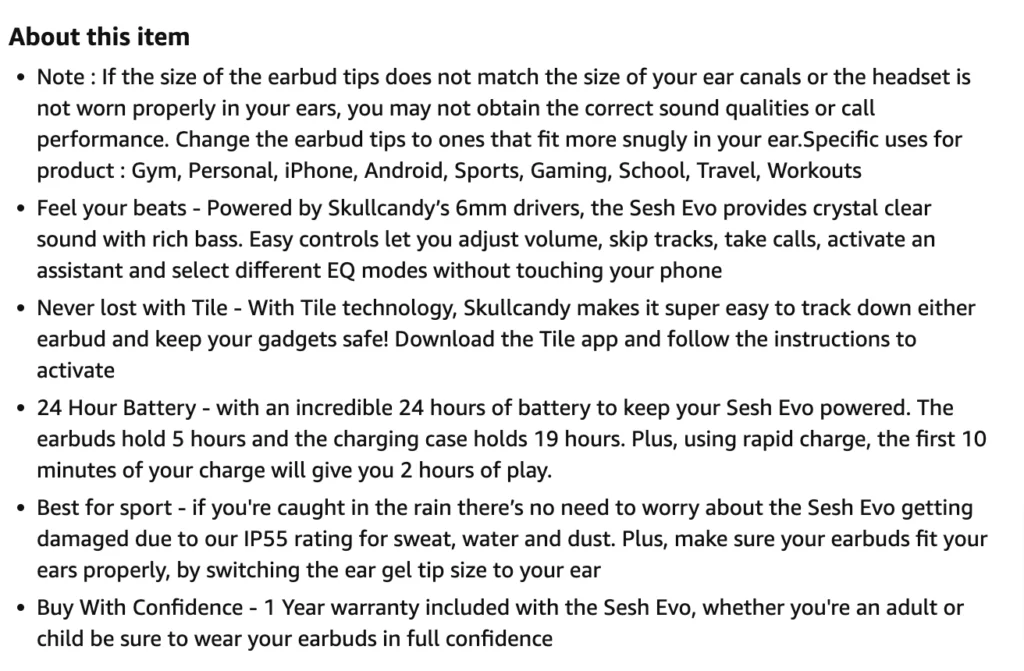
Amazon recommends including the following essential information in product descriptions:
- Brand name.
- Size specifications (e.g., shirt size).
- Material type (e.g., cotton).
- Other relevant details such as color, quantity, and packaging.
Specific product categories may have additional guidelines for descriptions. It is imperative to consult the guidelines pertinent to your product’s category to ensure compliance. The product description serves as an opportune space to incorporate additional relevant keywords. However, exercise caution not to over-optimize; a judicious inclusion of a few keywords suffices to enhance discoverability without compromising readability.
4. Optimal Use of Product Images and A+ Content
The integration of high-quality images and A+ content stands as a pivotal strategy to captivate potential buyers. These elements play a crucial role in boosting click-through rates, enticing shoppers, and ultimately driving purchases.
- Leveraging High-Quality Product Images:
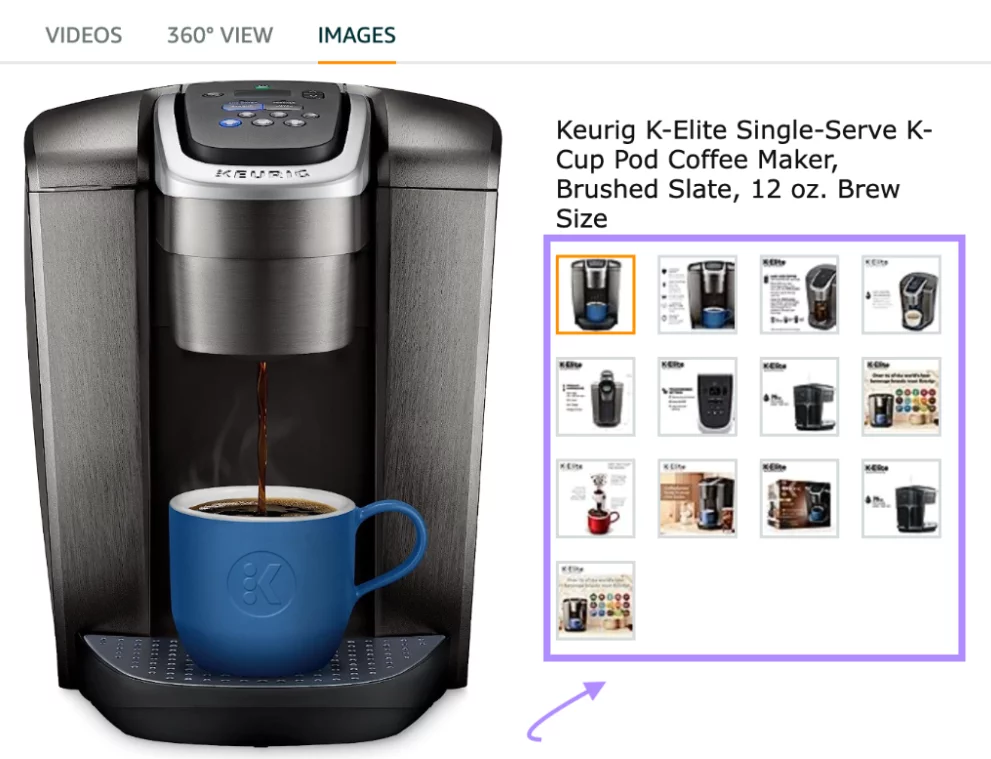
Image Quantity and Compliance:
- Amazon allows the inclusion of up to nine images in a product listing, although only seven will be visible.
- Comply with Amazon’s image requirements:
- Utilize photos, avoiding drawings or illustrations.
- Maintain a mandatory white background.
- Ensure minimum size of 500 x 500 pixels, with an ideal size of 1,600 pixels or larger on the longest side (not exceeding 10,000 pixels).
- Maintain a resolution of at least 72 dpi.
- Supported file formats include JPEG, PNG, TIFF, and non-animated GIF.
- Match product color and size accurately.
- Ensure the product fills at least 85% of the image.
- Prohibit pixelation, blurriness, nudity, or sexual suggestive elements.
Main Image Requirements:
- The main image must have a pure white background.
- Only feature accessories or props included in the purchase.
- Exclude text, borders, logos, or watermarks.
- Present the entire product without packaging.
- Showcase the product outside of its packaging.
5. A+ Content for Enhanced Product Descriptions:

A+ content allows sellers to replace the default product description with an enriched version. Components of A+ content include unique text and image layouts, custom headers, HD videos, infographics, charts, and comparison tables.
Amazon Brand Registry Program and A+ Content Enrollment:
Register your brand with Amazon’s Brand Registry Program. Requirements include an active registered trademark and the ability to display your logo or brand name on products and packaging. To enroll, log into your Seller Central account, go to “Advertising” > “A+ Content Manager,” and follow the registration process.

Creating A+ Content:

- Log in to Seller Central and access “A+ Content Manager.”
- Click “Start creating A+ content” and choose between Basic and Brand Story.
- Enter a name, choose a language, and add modules to your content.
- Customize modules and select products by entering ASINs or using bulk upload.
- Review and submit your A+ content for Amazon’s approval.
Wait for Approval:

- Amazon will review and approve your product listings, a process that may take up to seven days.
- Upon approval, your enhanced product listings will be live and visible to shoppers.
6. Cultivating Favorable Product Reviews and Ratings on Amazon
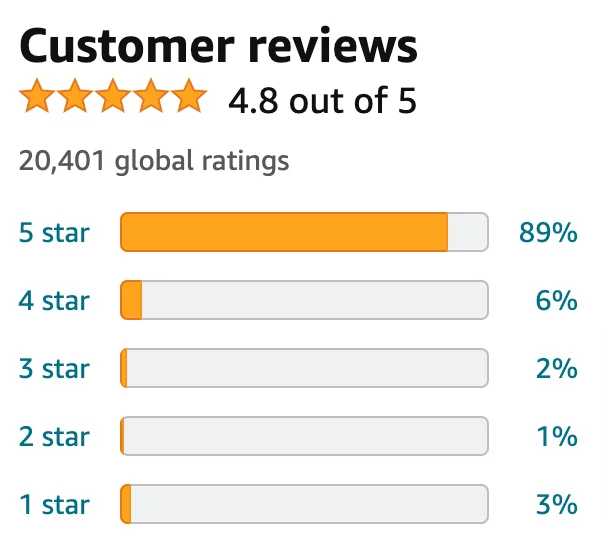
In the competitive landscape of Amazon, where 41% of consumers diligently peruse product reviews before committing to a purchase, the significance of positive reviews and high ratings cannot be overstated. Not only do they serve as a testament to your product’s quality, but they also play a pivotal role in influencing click-through and conversion rates, providing the vital social proof that aids shoppers in their purchase decisions.
Here are effective strategies to bolster positive reviews and secure high ratings:
- Utilize the “Request a Review” Feature: Leverage Amazon’s “Request a Review” button to effortlessly solicit reviews from customers. A simple click next to an order triggers Amazon to automatically dispatch a review request email to the customer.
- Ensure Accurate Product Descriptions: Mitigate the risk of negative reviews arising from misconceptions by meticulously describing your product. Offer clear, transparent, and accurate details to align customer expectations with the actual product.
- Incorporate Packing Inserts: Craft and include packing inserts that politely encourage customers to share their feedback. By inserting these prompts into each package, you proactively engage customers in the review process.
- Prioritize Exceptional Customer Service: Elevate the customer experience by delivering exemplary service. Swiftly address customer queries, respond promptly to issues, and actively engage with negative reviews to showcase commitment to satisfaction.
7. Strategic Pricing and Promotions for Enhanced Rankings
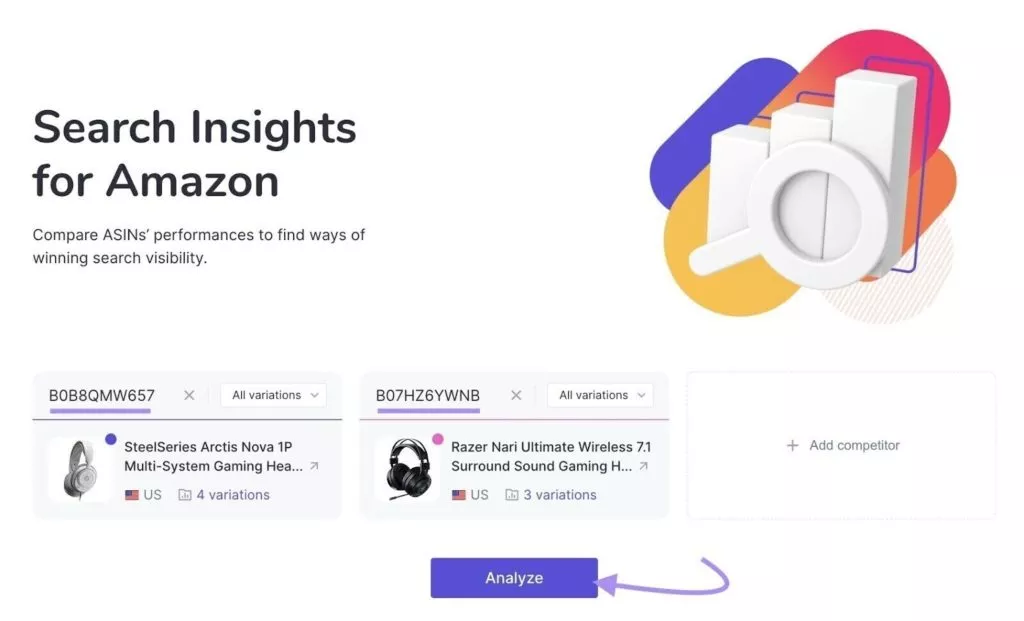
In e-commerce, where the purchasing decisions of a substantial portion of customers are influenced by pricing considerations, the impact of your product’s cost on conversion rates and overall success is undeniable. A well-thought-out pricing and promotional strategy can significantly enhance your Amazon rankings and elevate your sales performance.
Consider the following tactics to refine your approach:
- Initiate with Competitive Pricing, Especially for New Products: Implement penetrative pricing, setting an initially lower price for a new product compared to competitors. This approach aims to expedite sales, foster brand awareness, and swiftly accumulate reviews and ratings. Note that this strategy is advisable for the short term, as sustained low pricing may compromise profit margins and instigate pricing conflicts with competitors.
- Leverage Discounts through Coupons: Harness Amazon’s coupon feature to provide discounts to customers, prominently displaying the coupon offer beneath the product’s price in search results. This tactic not only attracts attention but also contributes to increased click-through rates and improved conversion rates.
- Implement Automated Pricing Rules: Streamline your pricing management by configuring automated rules within the system. Set up rules that trigger adjustments in response to specific events, such as competitors modifying their product prices. By automating pricing adjustments, you ensure that your product pricing remains optimal in real-time, sparing you the need for manual interventions and fostering competitiveness.
8. Monitoring and Evaluating SEO Effectiveness
To refine and enhance your strategy, diligent tracking and measurement of performance are essential. This proactive approach not only aids in strategy improvement but also contributes to achieving superior results over time.
Utilize Semrush’s Search Insights for Amazon tool as your key ally in uncovering crucial insights into your product listings:
- Accessing the Search Insights for Amazon Tool:
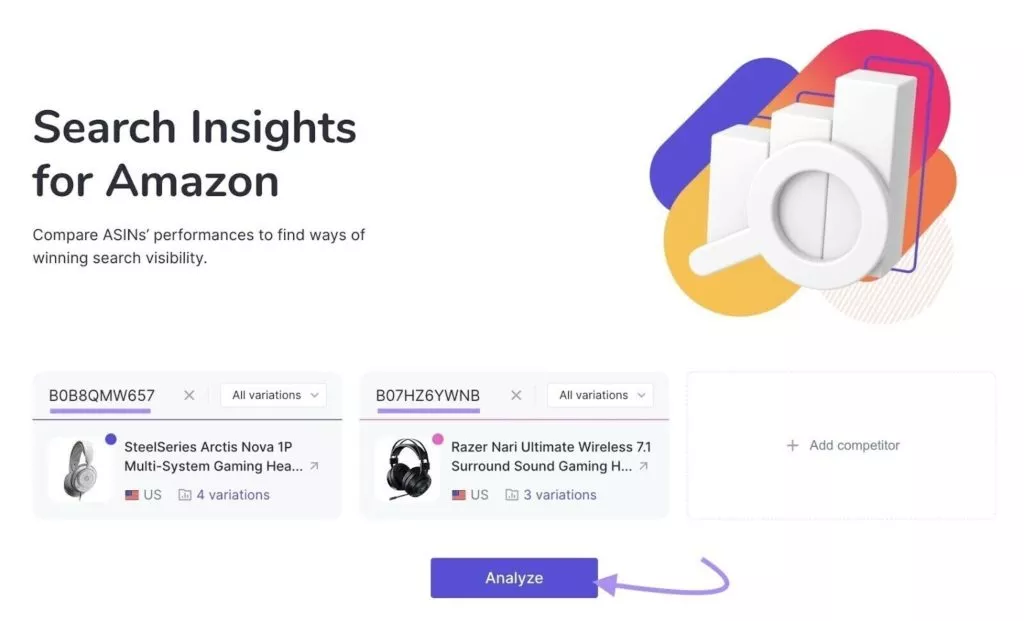
Navigate to the Search Insights for Amazon tool page. Enter the URL or ASIN of your product and click the “Analyze” button. Optionally, input the URLs or ASINs of competing products for performance comparison.
- Overview Report:
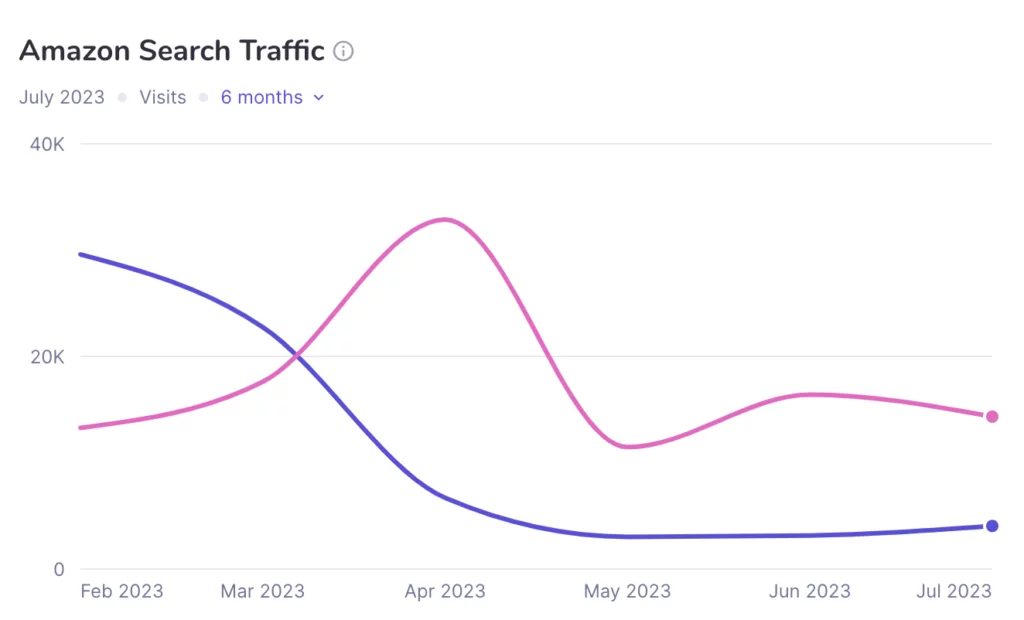
Gain a comprehensive snapshot of your Amazon search performance in comparison to a competitor. Visualize your Amazon search traffic graph, identifying peaks and trends. Explore the “Top Keywords by Traffic” section, revealing keywords steering the most traffic to your product pages.
- Amazon Search Report:
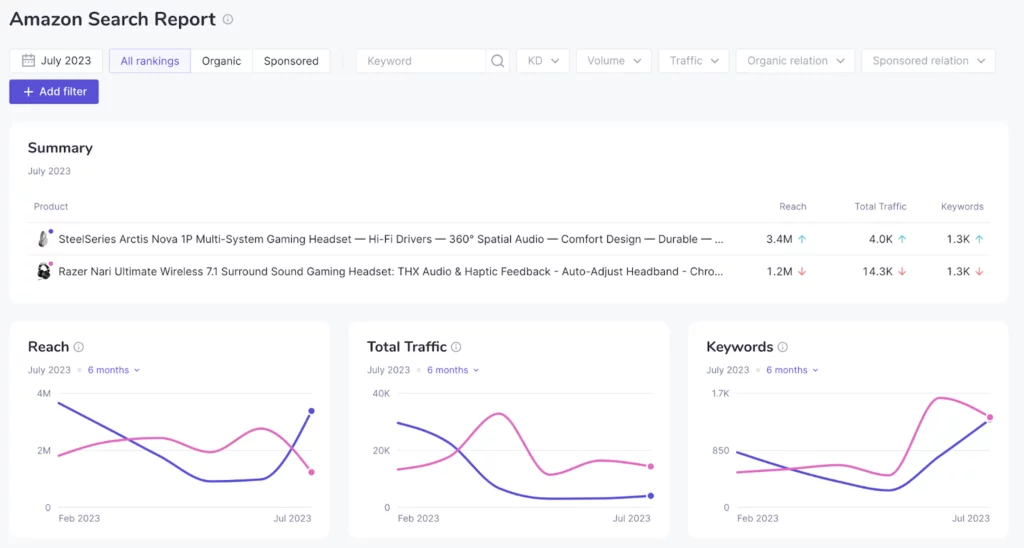
Unlock a detailed analysis of your search performance, accessible in the paid plan of Semrush’s Search Insights for Amazon.
- Keyword Report:
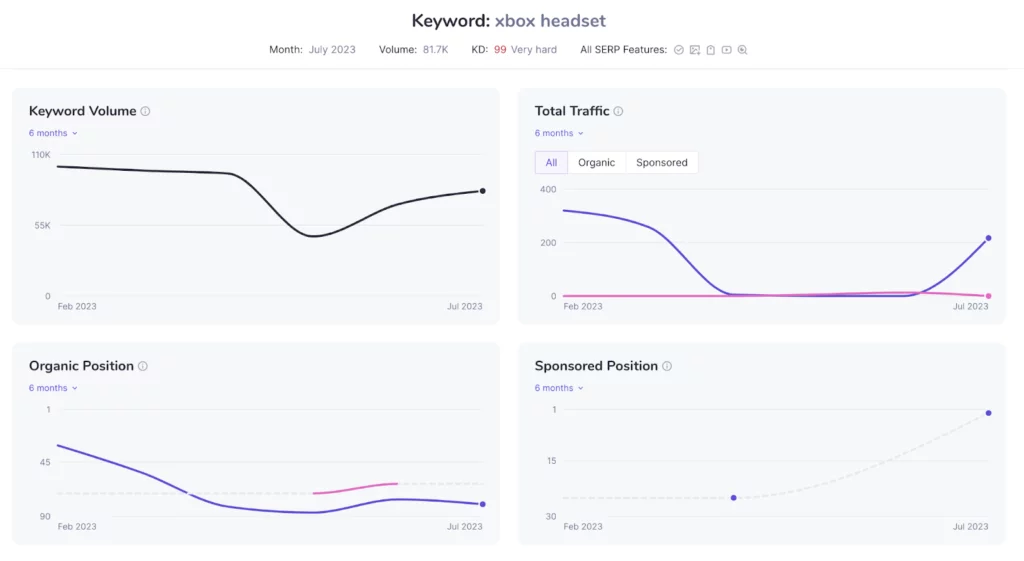
Drill down into specific keywords using the Keyword Report, accessed by clicking on a keyword in the “Keywords Details” section of the Amazon Search Report. Review total traffic to your product page and all the keywords influencing its ranking. Delve into the “Keywords Details” section to scrutinize your product’s performance across various keywords. Explore vital metrics such as total search volume, traffic, organic position, and sponsored position for a comprehensive understanding. Gain insights into keyword popularity, aiding in strategic keyword selection for optimal product listing targeting.
Conclusion:
In conclusion, mastering Amazon SEO is a crucial aspect of establishing and maintaining a successful presence on the e-commerce giant. By understanding the A10 ranking algorithm, conducting effective keyword research, optimizing product titles and descriptions, utilizing high-quality images and A+ content, generating positive reviews, and implementing strategic pricing, sellers can significantly improve their rankings and drive more traffic to their product listings. Regularly tracking and measuring performance through tools like Semrush’s Search Insights for Amazon ensures an adaptive and data-driven approach.
FAQs on Amazon SEO:
What role do pricing and promotions play in Amazon SEO?
Competitive pricing and strategic promotions can positively impact conversion rates and, subsequently, your rankings on Amazon. Experiment with different pricing strategies to find what works best for your products.
How can I track the performance of my Amazon SEO efforts?
Utilize tools like Semrush’s Search Insights for Amazon to analyze keyword performance, track rankings, and gain insights into your product’s visibility and traffic on Amazon’s platform. Regular monitoring helps refine your strategy based on data.
Does Amazon favor products with higher sales volumes in search rankings?
Yes, Amazon’s A10 algorithm considers the sales history of a product as a factor in determining rankings. Products with a strong sales history are often favored.
Can I use the same meta description across different products on Amazon?
It’s recommended to create unique and relevant meta descriptions for each product to provide accurate information and improve click-through rates. Avoid using generic or duplicate meta descriptions.



